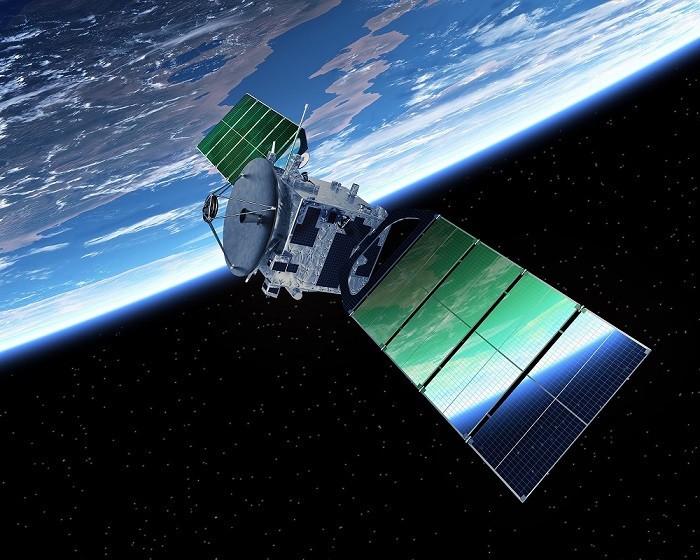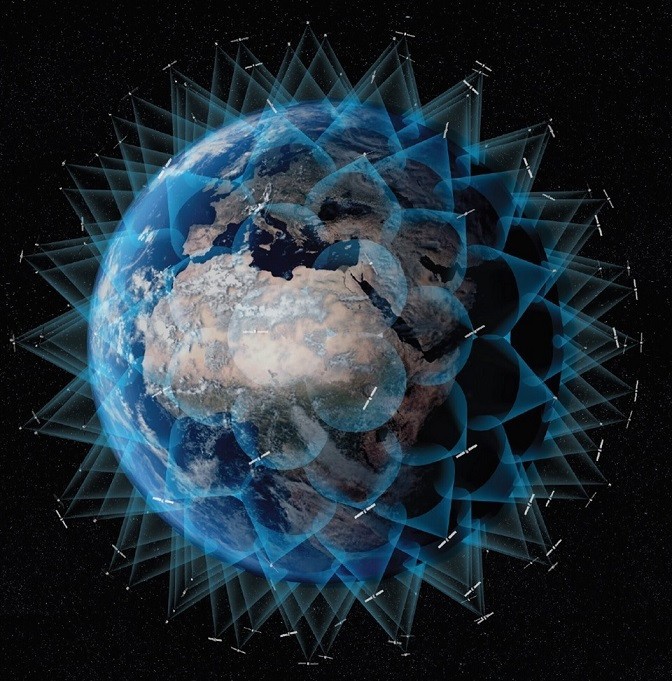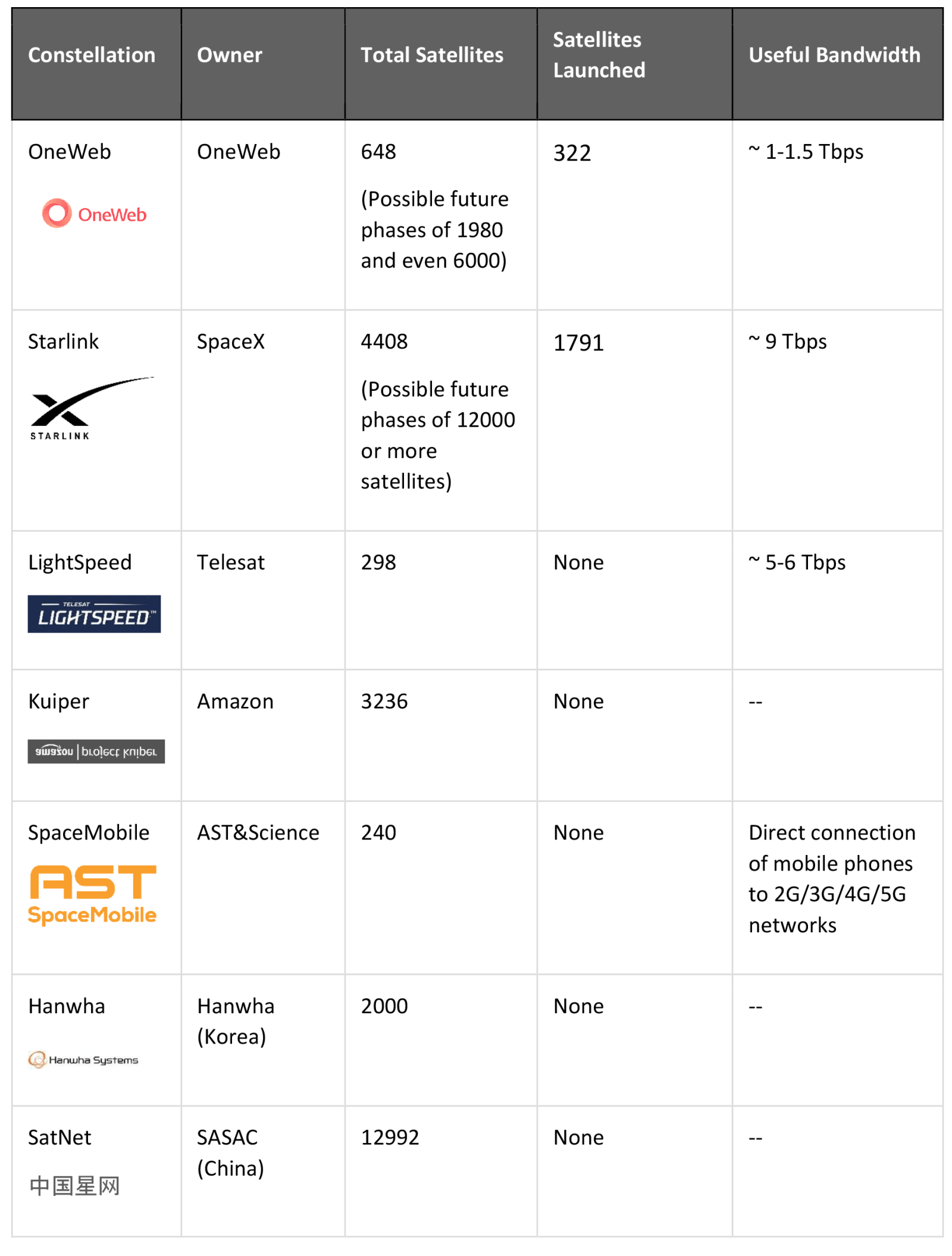Space as a Driving Force for Quality of Life

It’s a good time for the space sector.
Beyond the major exploration programs (bringing back asteroid samples, returning to the Moon, latest-generation rovers on Mars and the Moon, both from the United States and China, etc.), the Earth’s orbit is bustling with activity.
Until quite recently, the industry was very happy with 20 or 25 orders for geostationary (GEO) satellites a year. In 2012, a total of 134 satellites were launched (21 GEO, a few launches for earth observation and positioning constellations and a handful of small satellites for a variety of uses), while in 2020 that figure soared up to... 1272 birds! (And as of mid-September 2021, nearly 1400 have been launched: more than the entire year before!)
Small satellites
The main reason behind this has been the small satellites (SmallSats) that are flooding the space scene, attacking on two fronts: nanosatellites (with a mass of less than 10 kg) and the larger communication satellite constellations (each typically weighing between 150 and 250 kg).
The nanosatellites, which include the standard CubeSat, make it possible to reach space at a fraction of the cost of other types of vehicles. They are small, but the advances in component miniaturization make it possible to undertake advanced missions. That, together with the reduced cost of launching them, has led to their proliferation: of the approximately 1750 nanosatellites launched to date, only about 100 were put into orbit more than 10 years ago. Planet Labs has launched around 450 in several constellations of which over 150 "doves" are still flying and Spire Global has some 100 "lemurs".
For more information on nanosatellites, I recommend the introductory page from Spanish company Alén Space, as well as the Nanosats Database.
Large constellations
I would like to talk to you here about constellations: several satellites that work in unison to conduct a mission. The term "large constellation" is used when there are many satellites–say, more than 250. Sometimes they’re called "mega constellations", but in science and engineering, the prefix mega means a million. And, no: there are a lot, but not that many.
Large communication satellite constellations are trending, and the reason for that is our craving for bandwidth. If you think about it, your data usage has easily multiplied by 10 or even 100 in the last 5 or 10 years, and we want it not only at home, but anywhere: on airplanes, on cruises or even while hiking.
But according to the International Telecommunications Union (ITU), 49% of the world’s homes do not have access to the internet. And we're not just talking about developing countries. In Europe, 13 million homes don’t have it, and 65 million don’t have broadband. According to the US Federal Communications Commission, 6% of the American population is without broadband; up to one in four people in rural areas. Only 31% of homes in the USA can sign up for fiber optic service (in Spain, that figure is over 90%).
Because up to 70% of the cost of rolling out fiber optics comes from civil works (that is, digging the ditches) and given that the electromagnetic radiation is propagated via fiber optics at half the speed of a vacuum, offering access to the Internet via satellite seems reasonable.
It’s not a new idea. High Throughput Satellites (HTS) began populating the GEO orbit with the 2 Gbps of Anik F2 in 2004, reaching 90 Gbps with KA-SAT in 2010 (which suddenly tripled the capacity offered by European operator Eutelsat) and the 140 Gbps from ViaSat-1 in 2011 (this satellite on its own had a greater capacity than all other American satellites combined). The new generation of Very High Throughput Satellites (VHTS) will exceed 500 Gbps and may even reach a terabit per second (there are plans to launch several of them in 2022: Konnect VHTS, Jupiter 3 and maybe two of the three satellites in the ViaSat-3 system).
But latency (the time it takes to upload and download a WhatsApp message) depends on the distance to the satellite, and that means more than half a second in the GEO orbit. That delay is fine for watching movies on Netflix (as long as the transmission isn't interrupted, we’re fine), but not for critical applications such as financial services, telemedicine... or video games. We need to get the satellite much closer, down to Low Earth Orbit (LEO) to achieve latencies in the order of 50 ms.
OK, but we've got a problem: while a GEO satellite sees 42% of the Earth at all times, the LEO satellites see a much smaller fraction than that. What do we do to reach the users? The answer is: planting a lot of satellites.
That’s the rationale behind the large communication satellite constellations, a strategy that has been known for a while now, but that has only recently crossed the profitability threshold (theoretically!) thanks to a series of technological advances, such as the miniaturization of antennas and amplifiers, as well as the reduction of the cost of manufacturing and launching the satellites (due in turn to reusable rockets and small launchers). But the key piece of the puzzle is the antenna in the user terminals: while a simple fixed plastic dish is ideal for communicating with GEO satellites, the LEO constellations require more complex antennas, capable of tracking several satellites at once as they zoom by over our heads.
The number of large constellations announced is daunting, although the feeling is that many of them will unavoidably remain in the PowerPoint phase. The following table is a summary of the ones I feel are most viable. Notice that only OneWeb (with the participation of GMV in the control segment!) and Starlink have begun deploying.
Lights, but also shadows
So far, we've seen the light side of the large communication satellite constellations; allow me now to address the shadows.
The first is no surprise to anyone: the effect on the night sky. Many of us have seen the "StarLink train", a spectacular "pearl necklace" following every launch of the SpaceX satellites until they reach their operational orbits. But even once there, the satellites shine when the Sun reflects off their solar panels.
The most notable impact is on amateur astronomy, but it also affects professionals (especially for wide field optical telescopes), as well as radio astronomy. In June 2019, following the first Starlink launch, the International Astronomical Union (IAU) issued a statement in that regard.
Another inconvenience comes from the vast number of satellites. In 10 years, the number of satellites orbiting the Earth will be between 50000 and 100000, depending on the constellations that are successful, five or ten times as many as are flying today (although due to their smaller size, the mass in orbit will “only” multiply by two or four). Managing that amount of objects is a considerable challenge, both with regards to operating the constellations (deorbiting maneuvers, etc.) and in the management of approximations between objects (including launches of manned rockets) and the possible creation of space debris (with the risk of the Kessler syndrome or ablation cascade: the possibility of a collision in orbit impacting other vehicles through the domino effect of debris generated).
Conclusions
Space is a driving force for quality of life.
Satellites for observing Earth (weather, natural disasters, effects of humans on the environment, etc.) and the space environment (space weather, meteorites, etc.) provide precise, geolocated data thanks to the positioning satellites. Once filtered, organized, and correlated (perhaps with artificial intelligence techniques), these data generate useful information and knowledge. Communication satellites contribute to disseminating that and other types of information that we consume, including leisure (sports broadcasts, movies, video games, etc.). Observation, navigation, and communication satellites have played a vital role in the global management of the COVID-19 pandemic.
Specifically, the large telecommunications satellite constellations will contribute to bridging the digital gap, democratizing access to information. It is a great business opportunity for the space sector while we build a more just digital society.
But as the Peter Parker principle says, with great power comes great responsibility.
At GMV, we are committed to joining forces in the sector to be more sustainable (what is known as the Green New Deal for space: promoting reusable launchers, using more efficient and less polluting fuels, especially with regard to greenhouse gases, not contributing to increasing space debris, rather reducing it, as well as preserving the night sky for generations to come) and we are aligned with the principle of Space for everyone, which summarizes the objectives of the UN Space Economy Initiative.
Author: Juan Carlos Gil Montoro
(Twitter: @ApuntesCiencia)


